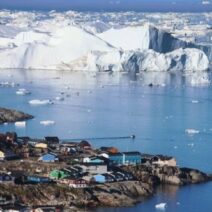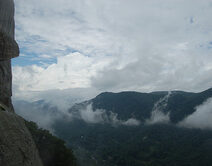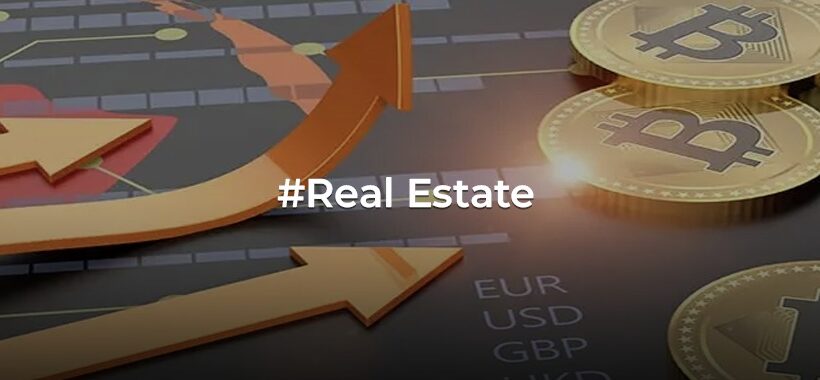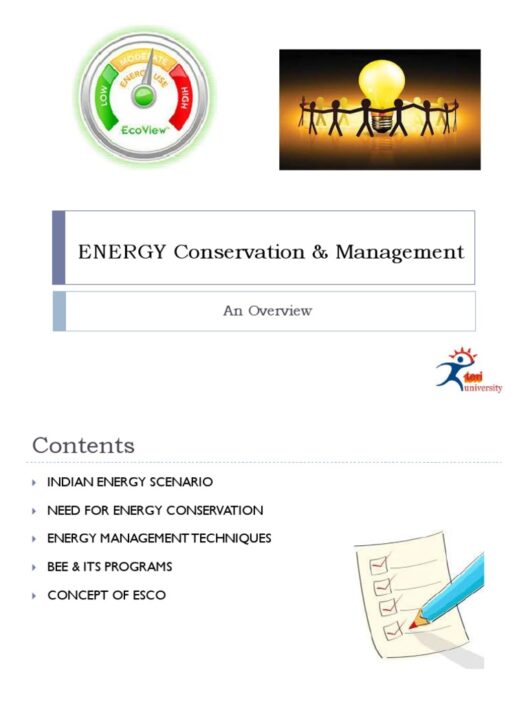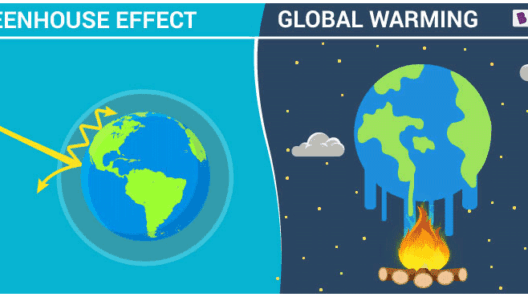As the shadows of climate change loom larger, property markets worldwide are on the precipice of a transformative wave. But how will global warming actually reshape these landscapes? Imagine a world where familiar neighborhoods become unrecognizable, regions once considered prime real estate transform into inhospitable environments, and the very concept of home becomes fluid. Now, let’s delve into the intricacies of this metamorphosis.
The undeniable correlate between climate change and real estate is prompting industry stakeholders to reassess what makes a property desirable. Coastal areas, where scenic vistas have long commanded sky-high prices, now face the wrath of rising sea levels and increasingly severe weather events. However, this is not merely a matter of aesthetics; it poses a substantial economic challenge. Property owners and investors must reckon with the paradox of diminished value amid increasing risk. The National Oceanic and Atmospheric Administration predicts that a significant portion of today’s existing shoreline property will be underwater within decades. Who would want to invest in properties that could ultimately be washed away?
Extreme weather patterns also usher in a new era of unpredictability, catalyzing shifts in buyer behavior. Flooding, wildfires, and hurricanes compel potential homeowners to consider resilience as a key selling point. Properties with fortified structures designed to withstand nature’s fury may increasingly become a status symbol. Yet, who bears this cost? Builders and developers must navigate the financial implications of adapting to these demands. Recovery rates for properties affected by disasters complicate insurance and lending practices, adding layers of difficulty for stakeholders.
Moreover, demographic shifts influenced by climate change are already observable. Migration away from areas deemed unsafe is on the rise, giving birth to new urban centers while draining resources and capital from affected regions. Cities that prioritize sustainability and offer robust resources in the face of climatic adversity will likely cultivate an appealing allure for those seeking refuge from the tumult. What happens when established metropolises face a mass exodus, transforming into urban ghost towns?
In stark contrast, the fostering of eco-friendly initiatives is reshaping construction and development practices. A sustainable home equipped with renewable energy resources, smart technology, and natural building materials may command a premium on the market. Conscious consumers are becoming more discerning, opting for homes that align with their environmental values, even if it means an increased upfront investment. The emphasis on energy efficiency further alters the real estate landscape; properties adhering to green certification will gain a competitive edge over traditional housing. Is the shift toward green living an existential necessity or an emerging trend?
How about the impact of policy? Governments, in acknowledging the urgency of climate action, are implementing legislation that incentivizes sustainable practices. Tax breaks for green renovations or funding programs for resilient infrastructure can shift buyer priorities. In this evolving legal environment, properties equipped with climate-friendly enhancements may not only retain value but appreciate significantly. What will happen to markets in regions that lag behind in adopting these necessary adaptations?
Nevertheless, it’s crucial to keep in mind the socioeconomic implications of these changes. As affluent individuals gravitate toward resilient properties, the gentrification of safer zones can displace low-income families who cannot afford the escalating prices. This trend exacerbates existing issues of housing inequality, resulting in communities where only the privileged can afford a safe haven from climate threats. Will the paradox of sustainable living perpetuate a cycle of exclusion?
Technological advancements add another layer of complexity to this discussion. The advent of big data and artificial intelligence equips investors and developers with unprecedented insights into market trends, climate forecasting, and consumer behaviors. Predictive analytics can reveal the most vulnerable real estate segments, thereby guiding investment strategies. However, with great power comes great responsibility. The ethical implications of exploiting this data merit critical examination. Are we prioritizing profit over a collective commitment to resilience?
Moreover, the international perspective cannot be overlooked. Different countries experience climate change variably, influencing global markets. Countries with abundant natural resources may find themselves in a lucrative position, while those reliant on tourism could face plummeting returns. Transaction rates shift as investors seek refuge from volatility, favoring regions deemed safe havens. Are we witnessing the birth of a new era of neo-colonization, where wealth fuels territorial expansion in search of stability?
As the landscape of real estate undergoes seismic shifts, the market undoubtedly faces an existential challenge. The question of value, safety, and equity will be tested at every turn. Stakeholders in the industry must not only be vigilant and adaptive but also pioneering in their approach. Innovation in materials, sustainable practices, and urban planning may provide the key to reshaping our cities in a more equitable, resilient way.
The integration of climate-conscious practices can no longer be peripheral; it demands a central role in our considerations moving forward. The milieu of real estate may never return to its former state; it will evolve, for better or worse, in response to the whims of our changing planet. The challenge before us is to ensure this evolution is marked by conscientious choices that honor both the environment and the communities it sustains.

